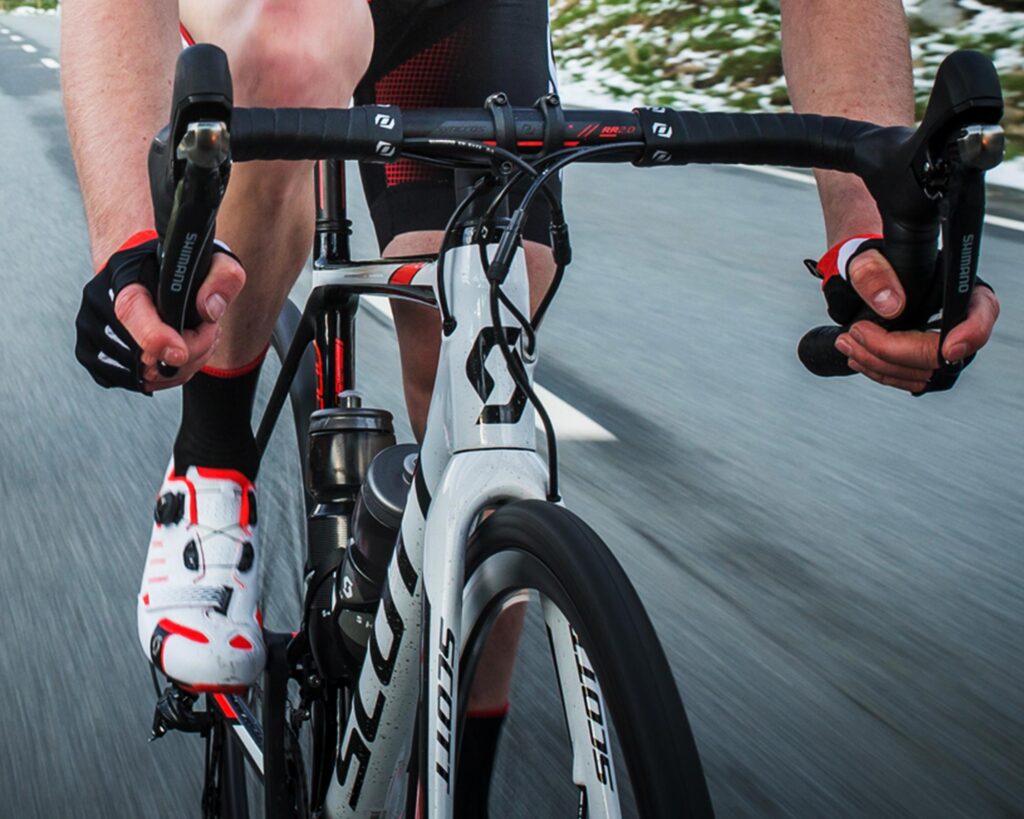Bicycle Components for Best Performance
Getting a new bike is always exciting—you can easily be convinced that you have purchased the best of them all. However, after riding for a while, you may realize that you need more.
Whether you feel like you need an upgrade because you now feel like a pro in riding or you think that your bike needs some changes to perform at its best and become your dream bike, we have some important information for you.
These components in this article can get your bike to use less effort to climb, make you ride faster, and can give you a more responsive ride.
Here are the components that make a bike perform better:
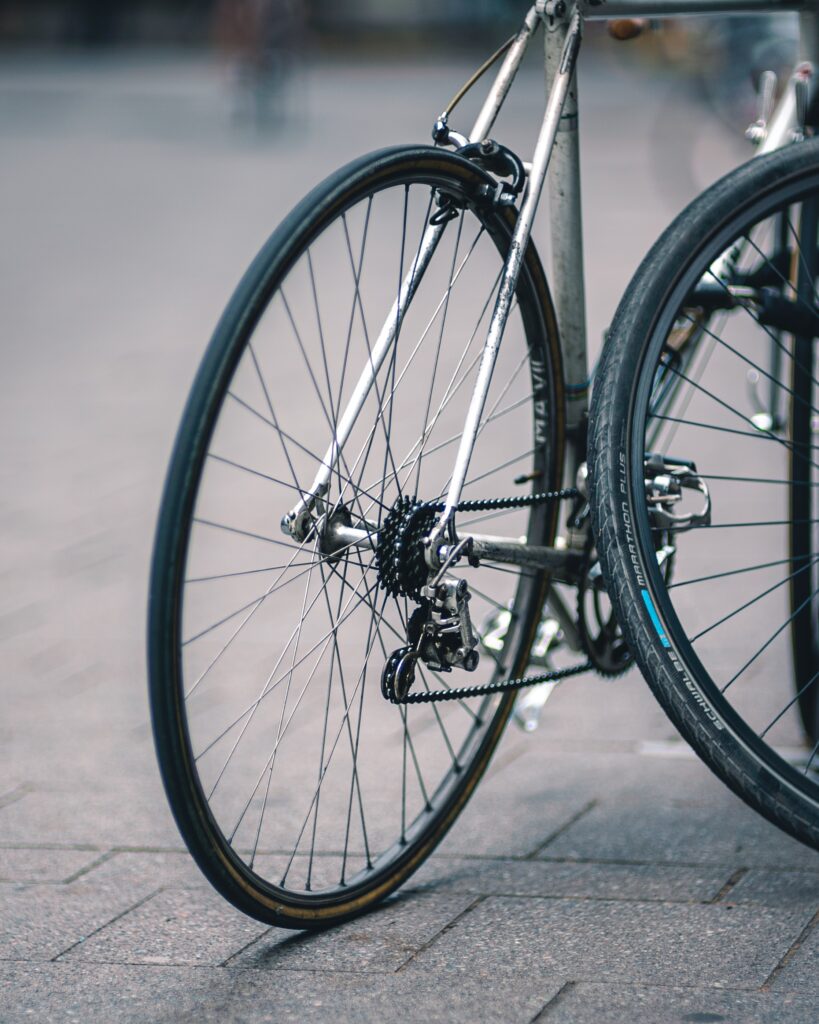
Wheels:
If you purchased a bike based only on the lightness of the frame without even considering the wheels, it’s time to choose what really works for you.
For best performance, your wheels should be lighter, safer, have better drivability, and specific braking.
A good quality wheel is one made of carbon fiber or titanium, carbon, and AL 7075 to minimize the weight.
Central Movement: You will need less effort to climb up a hill for a smoother ride. The main function of the central movement is to enable the wheel to spin by transferring the force applied on the pedal to the chain. This is the most important component of the bike.
There are various types of central systems available in the market but getting a lighter one will ensure that you are able to turn your leg properly and improve the pedaling responsiveness.
Before purchasing a central movement, ensure that the size of the movement is compatible with the frame’s dimensions. Read the assembly instructions thoroughly before installing it.
There also needs to be a perfect air pressure to provide optimum grip and stability. Check Schwalbe’s Pressure Prof calculator to check your bicycle tire pressure.
Brakes:
The speed, reactivity and lightness of a bike are necessary—but do not forget that good braking is also important for your own safety and that of other people. Find brakes that are made of light materials to maximize the resistance and rigidity to wear.
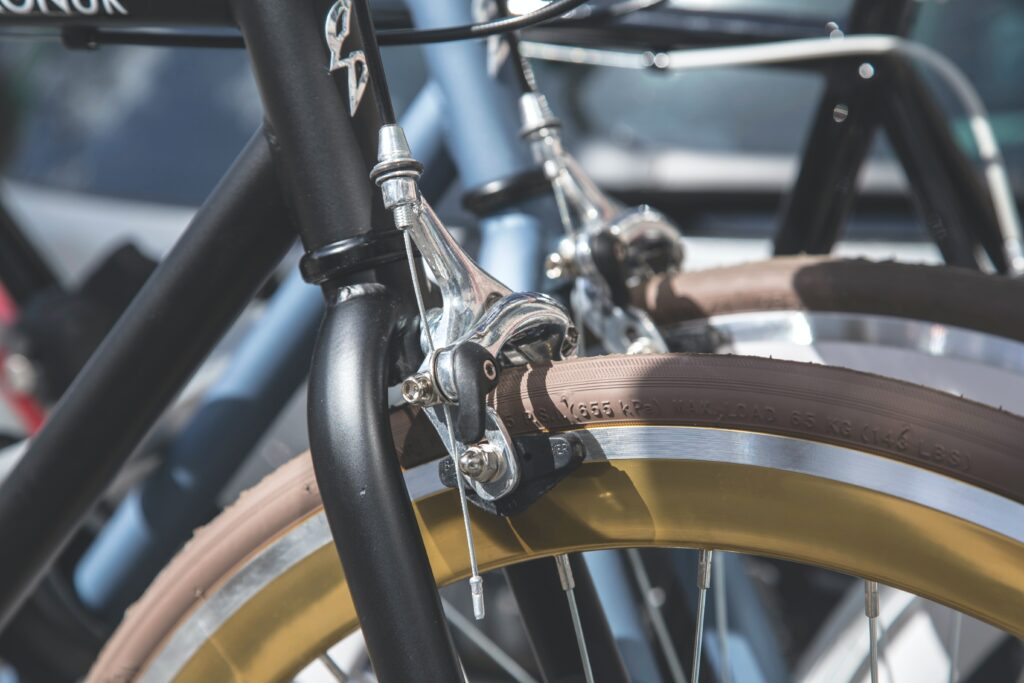
The spring system is a double spiral to soften the action and the pivot system is double to enable you to calibrate the braking perfectly.
When cycling, the brakes control the speed of the bike and brings it to a stop. Therefore, ensure that the brakes in your bike are of high quality for your own safety. Brakes also help your bike perform better as you can change your speed depending on other vehicles and cyclists on the road.
There are different types of brakes including Cantilever, V-Brakes, Disk Brakes, and Caliper. Cantilever and V-Brakes are normally found on entry-level mountain bikes, trail and commuter bikes. Mountain bikes use Disk brakes and road bikes use Caliper brakes.
Frame:
This is the main structure of the bike and comes in different sizes and shapes to fit the different styles of bikes including mountain bikes, commuter bikes, and cyclocross bikes. When purchasing a bike, ensure that the frame is of good quality because the other components can be replaced, upgraded or adapted over time while maintaining the frame.
Ensure that the frame is the right size for good performance and comfort. The riding position should also be the best.
Groupset:
This is the heart of the bike and it includes the front and rear derailleurs, gear and brake shifters, rear cassette, chain and the chainset.
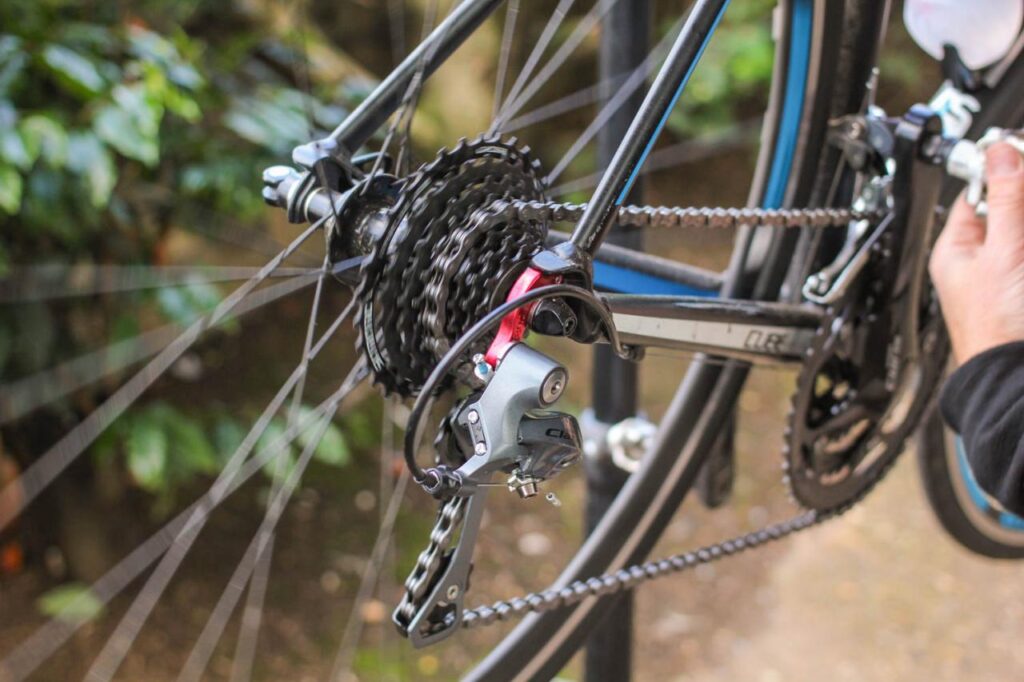
Chainset:
This includes the chainring, bottom bracket, and cranks. These components are important to the engine as it enables the bike to move forward. It is important to find a chainset that works best for your riding needs as there are different options available.
Chainrings:
The different types of chainrings are triple, standard and compact. Triple chainrings are good for touring bikes as they have low gears, standard chainrings are for hill climbing as they have high gears and compact chainrings are good for sports riding.
You can use triple, double or single chainring if you have a mountain bike.
Bottom bracket:
This is an axle with bearings that allow the crank arms to move freely by connecting them. Most riders choose the external bottom bracket over the cartridge style bracket because the former is stiffer and lighter.
Crank:
This is the most important component that makes the bike-man system work well. For you to improve your performance and pedaling, you will need high stiffness, low weight and precision in change.
A good recommendation is a crank with 4-arm carbon fibre as it guarantees a precise and quick change. Old bikes have their crank arms made out of steel, hence, upgrading to carbon or aluminum crank arms is necessary to make it lighter. Ensure that the size you buy is suitable for your leg length.
Derailleurs:
This is the mechanical system in your bike that allows you to adjust the gear. This system enables the chain to move from one chain ring to another. The derailleurs move the gears up and down on the rear cassette and if there is more than one chainring on the front side, it is able to move the chain in between them.
Traditionally, derailleurs have been using cables to work but nowadays electronic derailleurs have been introduced and their movement is motorized.
Rear cassette:
This is the component that determines the different gears your bike has. It has sprockets of different sizes with each cog needing a different pedal power. The harder gears are enabled by the smaller sprockets while the easier gears are enabled by the larger sprockets.
To improve your riding adventure, ensure that the size and the number of sprockets are right. The jump between the gears can be affected by the sprocket size, so ensure that you know the precise change you want.
Pedals:
Pedals are important components of a bike that should never be ignored. Available in different sizes and types, pedals give the needed power to the bike. Finding the pedals that suit your needs is essential. It could be descending into a steep single-track or riding around town.
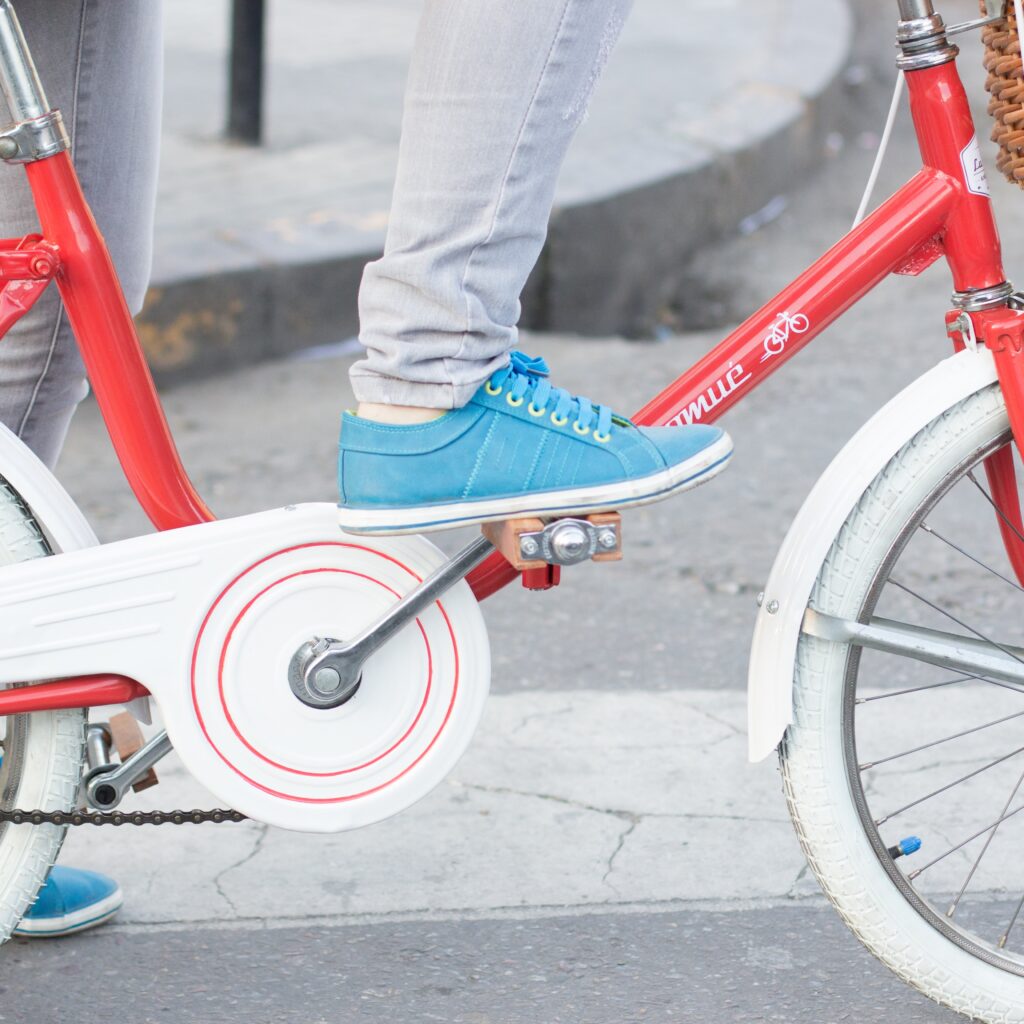
From road to mountain bike, clipless to flat, magnesium to nylon, ensuring that you have the right pedal makes a lot of difference when it comes to endurance, speed and comfort of the bike. Before choosing a pedal, do your research on all the available options and select well considering the features.
Handlebars:
The best handlebars should give you the confidence and control that you need to steer the bike. The handlebars of a commuter bike are flat to allow you to be in an upright position and see the road well. When descending, road bikes need to be in an aerodynamic position hence the need for a narrow and dropped handlebars.
Mountain bikes need help with control over obstacles and around tight bends that is why their handlebars are wide and raised. Handlebars made of featherlight carbon help reduce the bike’s weight but ensure that they are strong enough to handle your riding style.
Stem:
This connects the bike to the handlebars and is available in different rises and lengths so that you can adjust the position to suit your riding needs. It may be difficult to find the perfect balance but a general rule is that longer stem offers a more aerodynamic and stretched out position.
On the other hand, a shorter stem provides more responsive and quicker steering but always put you in a less aerodynamic position. Before purchasing the stem, you should know the size of your fork steerer as it is attached to it. If you are keen to save weight, purchase stems made of alloy and lightweight carbon.
Forks:
The main purpose of the forks in your bike is to hold the front wheel in position. They consist of two stanchions that extend from the headset to the hub of the wheel and put together by the crown. The steerer sections enable you to steer the bike by turning the wheels.
Forks used by road bikes are normally made of aluminum but for less road vibration, more stiffness and weight saving, you can get yourself carbon forks. The suspension in mountain bike forks is meant to soak up the terrain of the rough road.
Saddles:
For you to have a good ride and avoid pain, the saddle should be comfortable. There are various shapes of saddles to choose from including narrow, wide, short, long, cut out and standard.
As a general guide, if you are riding in an upright position, having a curved and wide saddle will support your weight well. However, if you are riding in racing and stretched out position, a narrow and flat saddle will allow you to move your legs easily and less weight is exerted on the saddle.
Note that a more padded saddle may not be comfortable as it can cause chaffing especially if you are riding fast and hard.
Understanding Your Bike to Upgrade Performance
Understanding the different components of a bicycle will help you choose the right one that suits your riding style. The above components have different functions and features to enable a bike to perform better in any given condition.
Hopefully, this article has given you the information that you need to purchase or upgrade your bike to enjoy your riding adventure.

